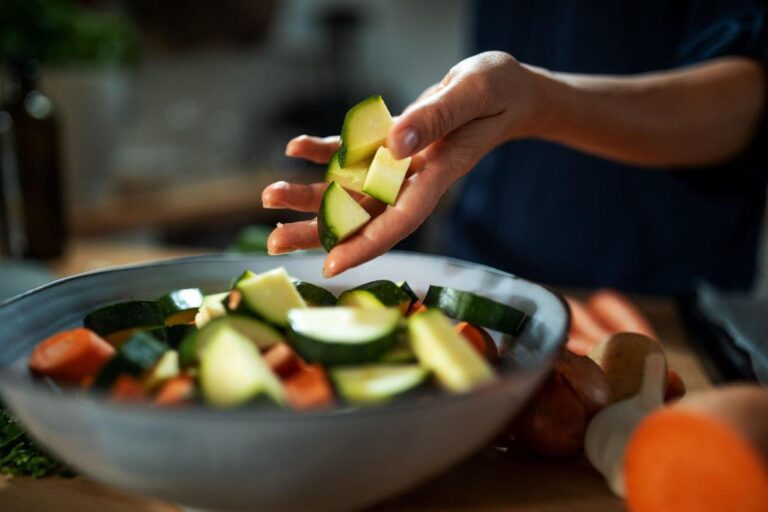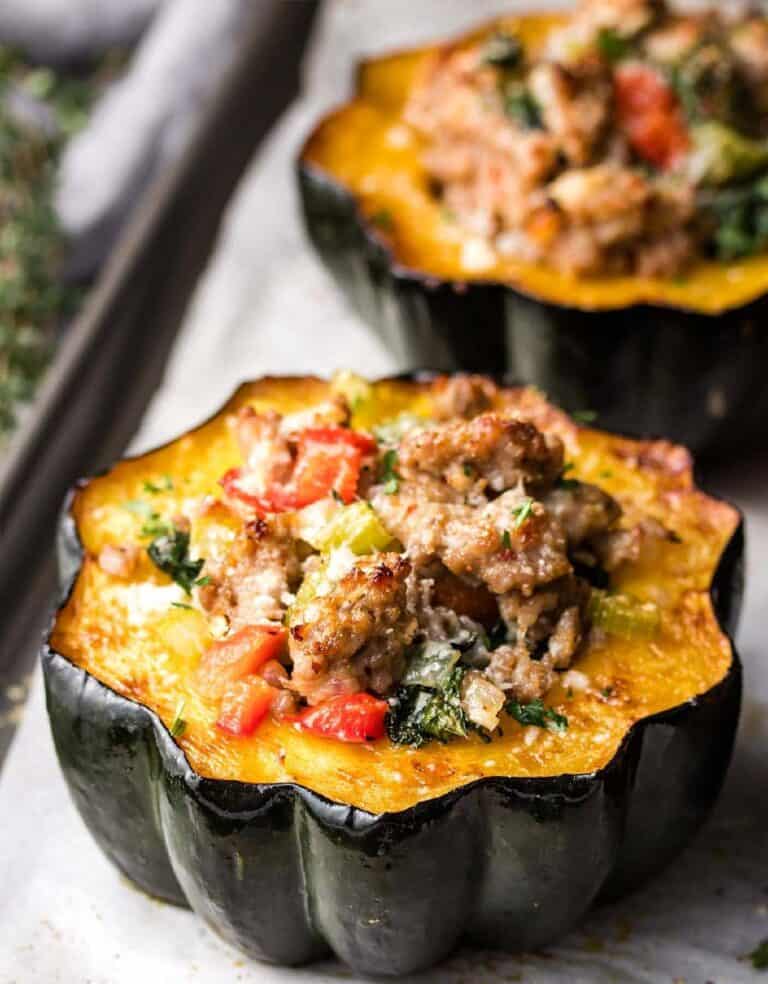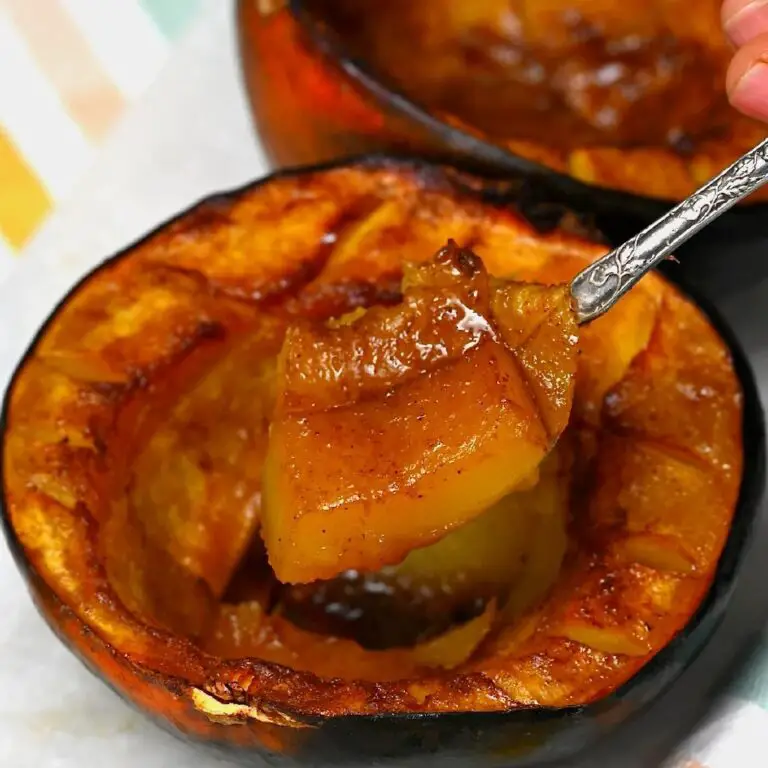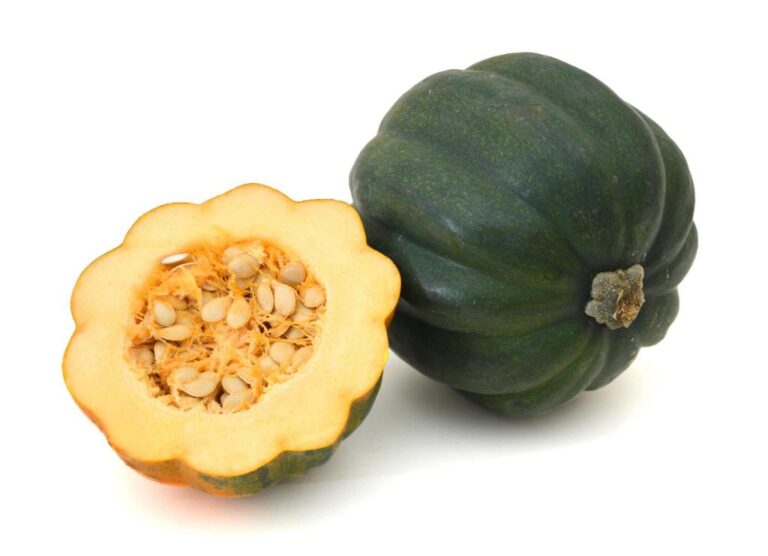What to Do with Overripe Yellow Squash: Creative Ways In Cooking
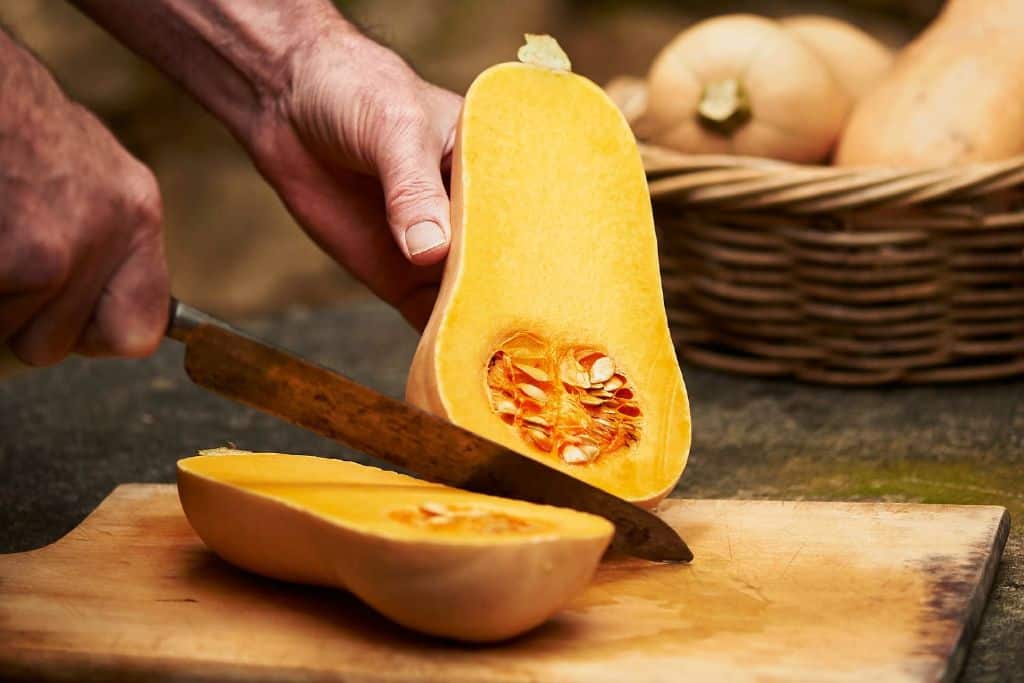
Yellow squash is a versatile vegetable that can be enjoyed in a myriad of dishes, from savory casseroles to light summer salads. However, sometimes you might find yourself with a few yellow squash that have ripened past their prime. They may no longer be good for salads. But, overripe yellow squash still has much cooking potential.
Ever wondered how to transform those overripe squashes into something delicious and exciting? How about turning them into a creamy soup, a flavorful dip, or even a sweet treat? These creative uses can save you from food waste and introduce new flavors to your table.
By the end of this article, you’ll have a collection of practical and tasty ideas for using overripe yellow squash. You’ll cut waste. You’ll also find new ways to use this nutritious vegetable in your meals. This will improve your cooking and use every harvest.
Understanding Overripe Yellow Squash

Overripe yellow squash typically has a thicker, tougher skin and larger, more developed seeds. The flesh can be more fibrous and less tender than its perfectly ripe counterparts. While this can be a downside for some dishes, overripe squash can still shine in a variety of recipes. The key is to understand how to work with its unique texture and flavor.
Characteristics of Overripe Squash
- Thicker Skin: More challenging to cut and chew, but can be softened with cooking.
- Larger Seeds: May need to be removed for a better texture in certain dishes.
- Fibrous Flesh: Ideal for purees, soups, and baked goods where texture can be manipulated.
What to Do with Overripe Yellow Squash: Cook It!
1. Pureeing
One of the simplest ways to utilize overripe yellow squash is to puree it. The fibrous texture can be easily broken down into a smooth, creamy consistency, making it perfect for soups, sauces, and even baby food.
How to Puree Yellow Squash
- Peel the Squash: Remove the tougher skin to make the texture smoother.
- Remove Seeds: Scoop out the larger seeds for a finer puree.
- Cook Until Tender: Steam or boil the squash until it’s soft.
- Blend: Use a blender or food processor to puree the squash until smooth.
Pro Tip: Add a bit of cream, butter, or olive oil for extra richness.
2. Baking
Overripe yellow squash can be a wonderful addition to baked goods, adding moisture and a subtle sweetness. Think beyond zucchini bread. Squash muffins, cakes, and even cookies can benefit from this versatile vegetable.
Recipe: Squash Muffins
Ingredients:
- 1 ½ cups pureed yellow squash
- 1 ½ cups flour
- 1 cup sugar
- 1 tsp baking soda
- 1 tsp cinnamon
- ½ tsp salt
- 2 eggs
- ½ cup vegetable oil
- 1 tsp vanilla extract
Instructions:
- Preheat oven to 350°F (175°C).
- In a bowl, mix flour, sugar, baking soda, cinnamon, and salt.
- In another bowl, combine eggs, oil, vanilla, and pureed squash.
- Gradually add the dry ingredients to the wet mixture, stirring until just combined.
- Pour batter into muffin tins and bake for 20-25 minutes or until a toothpick comes out clean.
3. Roasting
Roasting brings out the sweet taste of yellow squash. Even overripe squash benefits from it. The heat caramelizes the sugars, making the squash tender and flavorful.
How to Roast Yellow Squash
- Preheat Oven: Set to 400°F (200°C).
- Prepare Squash: Peel and seed the squash, then cut the squash into uniform pieces.
- Season: Toss with olive oil, salt, pepper, and any desired herbs or spices.
- Roast: Spread on a baking sheet and roast for 20-25 minutes, or until golden and tender.
Pro Tip: Roasted squash can be added to salads, pastas, or enjoyed as a side dish.
Creative Recipes for Overripe Yellow Squash
1. Squash Soup
A hearty squash soup is a fantastic way to use overripe squash. The pureed texture makes for a velvety base that pairs well with a variety of flavors.
Recipe: Creamy Yellow Squash Soup
Ingredients:
- 4 cups overripe yellow squash, peeled and chopped
- 1 onion, chopped
- 2 cloves garlic, minced
- 4 cups vegetable broth
- 1 cup heavy cream
- Salt and pepper to taste
- Fresh herbs for garnish (optional)
Instructions:
- Sauté onion and garlic in a large pot until soft.
- Add squash and vegetable broth. Bring to a boil, then simmer until squash is tender.
- Puree the mixture until smooth.
- Stir in heavy cream and season with salt and pepper.
- Serve hot, garnished with fresh herbs if desired.
2. Squash Fritters
Squash fritters are a delicious way to enjoy overripe squash. These crispy treats can be served as an appetizer, side dish, or snack.
Recipe: Squash Fritters
Ingredients:
- 2 cups grated overripe yellow squash
- 1 egg, beaten
- ½ cup flour
- ¼ cup grated Parmesan cheese
- 1 tsp salt
- ½ tsp pepper
- Oil for frying
Instructions:
- Combine all ingredients in a bowl until well mixed.
- Heat oil in a skillet over medium-high heat.
- Drop spoonfuls of the mixture into the hot oil, flattening slightly.
- Fry until golden brown on both sides.
- Drain on paper towels and serve warm.
3. Squash Casserole
A squash casserole is a comforting dish that makes the most of overripe squash. It’s easy to prepare and perfect for feeding a crowd.
Recipe: Cheesy Squash Casserole
Ingredients:
- 4 cups overripe yellow squash, sliced
- 1 onion, chopped
- 1 cup sour cream
- 1 cup shredded cheddar cheese
- 1 cup crushed crackers
- ¼ cup melted butter
- Salt and pepper to taste
Instructions:
- Preheat oven to 350°F (175°C).
- Boil squash and onion until tender. Drain well.
- In a bowl, mix squash, onion, sour cream, and cheese.
- Pour into a greased casserole dish.
- Mix crushed crackers with melted butter and sprinkle over the top.
- Bake for 25-30 minutes, or until golden and bubbly.
Preserving Overripe Yellow Squash
If you find yourself with an abundance of overripe yellow squash, preserving it can be a great way to enjoy it later. Freezing and canning acorn squash are two effective methods.
Freezing Squash
- Blanch: Boil peeled and seeded squash for 3-5 minutes, then plunge into ice water.
- Drain: Pat dry with paper towels.
- Package: Place in freezer bags, removing as much air as possible.
- Freeze: Store in the freezer for up to 10 months.
Canning Squash
- Prepare Jars: Sterilize canning jars and lids.
- Pack Squash: Fill jars with peeled, seeded, and chopped squash.
- Add Liquid: Cover squash with boiling water, leaving 1-inch headspace.
- Process: Follow pressure canning guidelines specific to your altitude and equipment.
| Read: Can I Freeze Acorn Squash Raw With the Skin On? |
Nutritional Benefits of Yellow Squash
Despite being overripe, yellow squash remains a nutritious addition to your diet. It is low in calories and rich in vitamins and minerals.
Nutritional Highlights
- Vitamin A: Supports eye health and immune function.
- Vitamin C: Boosts the immune system and promotes skin health.
- Fiber: Aids in digestion and helps maintain a healthy weight.
- Potassium: Essential for heart health and muscle function.
Conclusion
Overripe yellow squash doesn’t have to go to waste. With a bit of creativity, you can transform it into delicious and nutritious dishes. You can puree it for a smooth soup. Or, bake it into moist muffins. You can also roast it to bring out its sweetness. Overripe squash offers many culinary possibilities.
Embrace the challenge of working with this versatile vegetable. You’ll find that even the most overripe squash can become a star in your kitchen.


